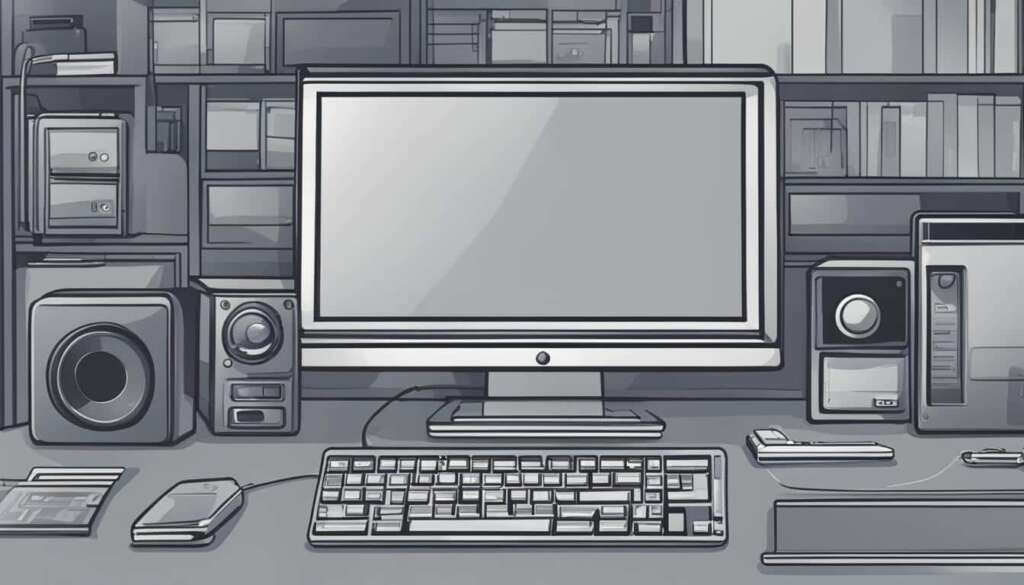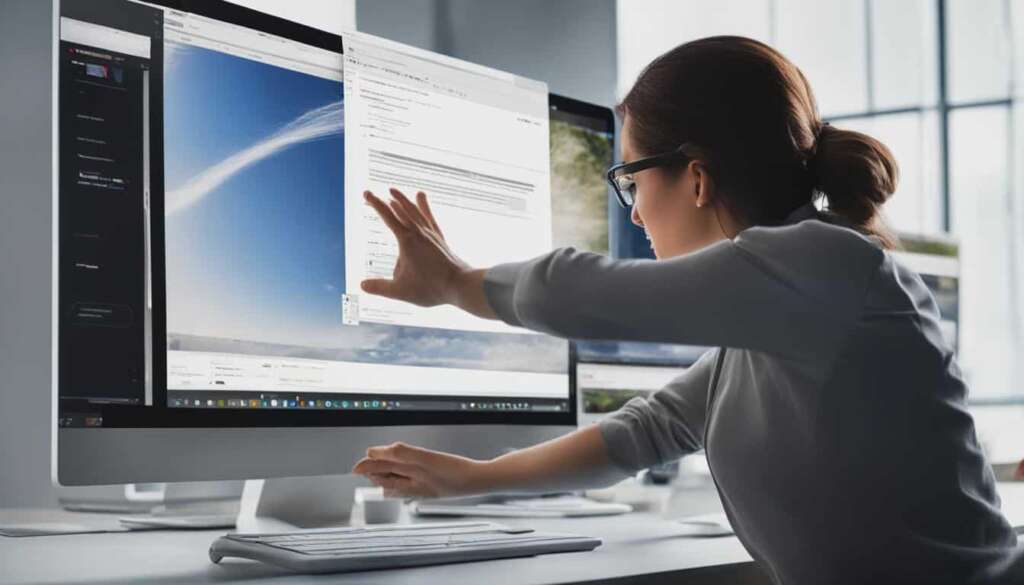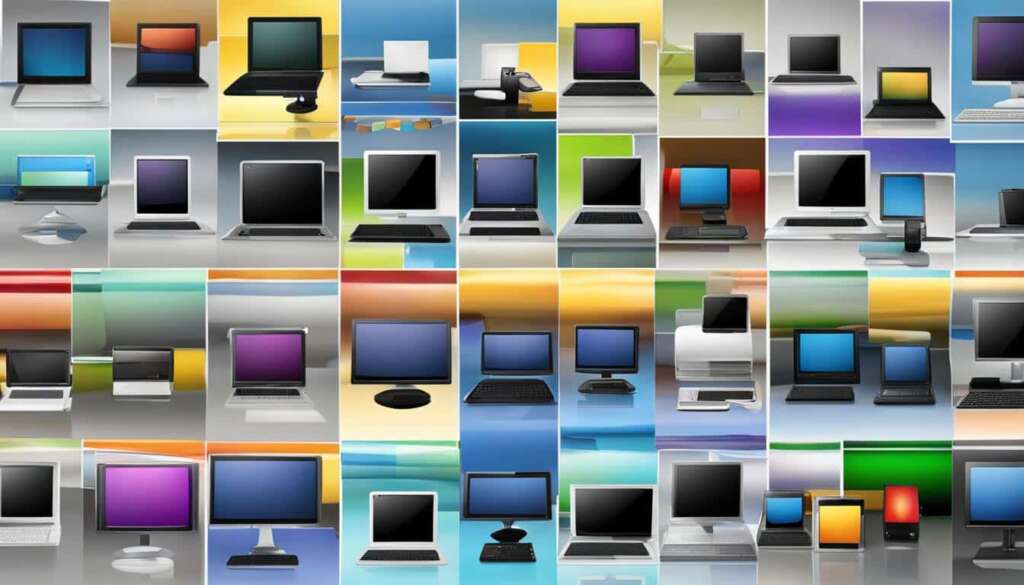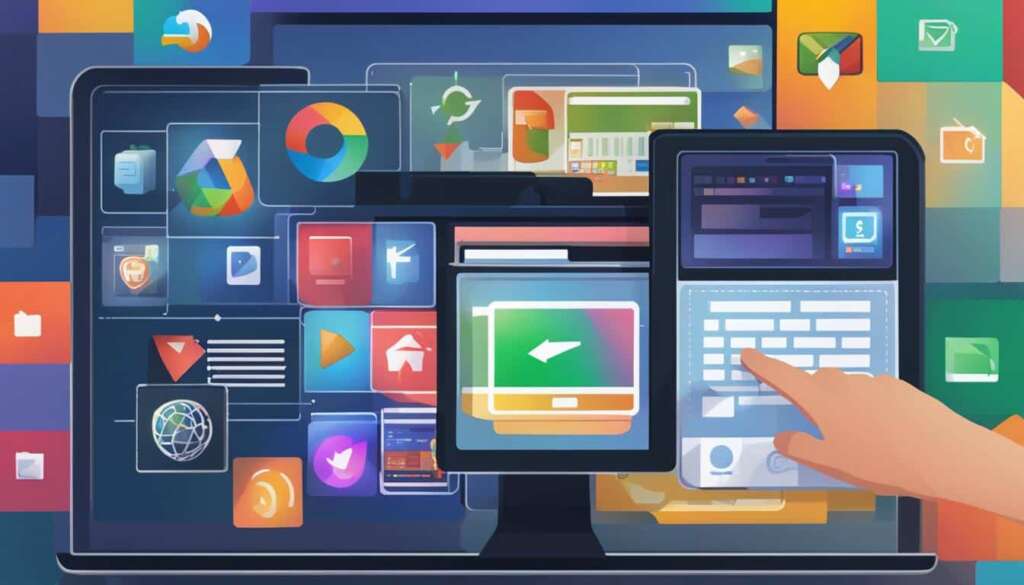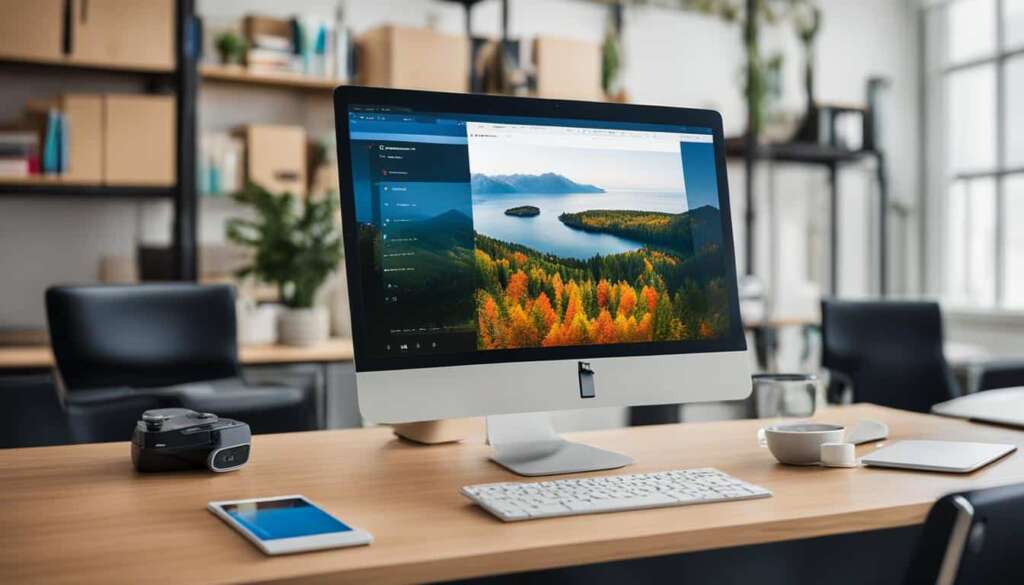Table of Contents
The system tray, also known as the systray, is a section of the taskbar in the Microsoft Windows operating system that provides easy access to frequently used apps and displays the clock. It is also available in other operating systems such as Linux, Mac OS, Android, and iOS, although its location may vary.
The system tray is typically located at the bottom right corner of the screen in Windows, while it is located at the top right side in Linux, Mac OS, and Android. It contains icons such as volume control, antivirus software, scanner software, a channel viewer, media player, and system resources indicator. Additional icons can be installed in the system tray, and when there are more icons than can fit in the space allotted, the system tray becomes scrollable.
To interact with a program in the system tray, you can double-click or right-click the icon. Customizations such as customized messages, menus, and actions can be applied to system tray icons. Icons can be installed in the system tray during program installation or by creating a shortcut and dragging it to the system tray. They can be removed by deleting the registry entry or using the menu options.
How to Customize the System Tray on Your PC
To make your PC’s system tray truly your own, you can customize it by adding or removing icons and taking advantage of the hidden icons menu. With a few simple steps, you can personalize your system tray experience to suit your preferences and workflow.
Adding Icons to the System Tray
To add icons to the system tray, follow these steps:
- Access the Taskbar settings on your PC.
- Enable the toggle switch for the desired icon from the list of available options.
Once you’ve enabled a toggle switch, the corresponding icon will appear in your system tray, granting you quick access to your preferred apps and tools.
Removing Icons from the System Tray
If you want to streamline your system tray and remove unnecessary icons, you can do so effortlessly:
- Access the Taskbar settings on your PC.
- Disable the toggle switch for the icon you wish to remove.
By disabling the toggle switch, you can declutter your system tray, ensuring that only the most essential icons are displayed.
Utilizing the Hidden Icons Menu
Do you have icons you want to remove from the system tray but still keep handy? The hidden icons menu is here to help:
By clicking and dragging an icon into the up caret icon in the system tray, you can move it to the hidden icons menu. This allows you to free up space in your system tray without losing access to your preferred icons.
To retrieve an icon from the hidden icons menu and place it back in the system tray, simply drag it out and drop it back into the desired location.
The hidden icons menu can be accessed by clicking the up caret icon in the system tray. You can also customize this menu’s appearance by adjusting the settings in the Taskbar settings on your PC.
Summary
Customizing your PC’s system tray is a simple yet effective way to optimize your workflow and access your favorite apps and tools with ease. By adding or removing icons and utilizing the hidden icons menu, you can tailor your system tray to reflect your unique needs and preferences.
How to Show or Hide the Clock in the System Tray
You have the option to show or hide the clock in the system tray on your PC. To do this, you can access the Taskbar settings and toggle the switch for showing or hiding the clock. By enabling the switch, the clock will be displayed in the system tray, and by disabling it, the clock will be hidden. This customization allows you to personalize the appearance of the system tray based on your preferences.
Steps to Show or Hide the Clock in the System Tray:
- Access the Taskbar settings by right-clicking on any blank space on the taskbar and selecting “Taskbar settings” from the context menu.
- In the Taskbar settings window, scroll down to the “Notification area” section.
- Locate the “Clock” option and toggle the switch to show or hide the clock in the system tray.
Once you have made the necessary changes, the clock in the system tray will be updated accordingly. Whether you prefer to always have the time readily available or prefer a clutter-free system tray, the choice is yours to make.
| Option | Description |
|---|---|
| Show Clock | Enabling this option will display the clock in the system tray. |
| Hide Clock | Disabling this option will hide the clock in the system tray. |
Note: The location and specific options in the Taskbar settings may vary depending on the version of Windows you are using. Refer to the official documentation or online resources specific to your operating system for detailed instructions.
Additional Customization Options for the Taskbar
In addition to customizing the system tray, there are various options available to further personalize and enhance your taskbar on your PC. By right-clicking on any blank space on the taskbar, you can access the Taskbar settings and unlock a world of customization possibilities.
One of these options is the ability to enable the autohide feature. With autohide, the taskbar will automatically hide when it’s not in use, giving you more screen real estate for your work or entertainment. Simply enable this feature in the Taskbar settings, and enjoy a clutter-free display that maximizes your productivity.
Another handy customization option is the ability to move the taskbar to a different edge of your screen. Whether you prefer the traditional bottom placement or fancy a change, you can easily relocate the taskbar by clicking and dragging it to your desired location. This flexibility allows you to optimize your desktop layout tailored to your workflow and preferences.
Do you find the default size of your toolbars on the taskbar not quite right? No problem! You can effortlessly resize the toolbars to your liking. Just click and drag the vertical gray bar that separates the toolbars, and watch as they seamlessly adjust in size. This way, you can organize your taskbar based on your specific needs, ensuring quick and easy access to your favorite apps and shortcuts.
With these additional customization options for the taskbar, you have the power to transform your PC’s interface, making it more efficient, streamlined, and in tune with your unique style. Take advantage of these features and unleash the full potential of your taskbar customization.
FAQ
How do I locate the system tray on my PC?
The system tray, also known as the systray, is typically located at the bottom right corner of the screen in Microsoft Windows. In Linux, Mac OS, and Android, it is located at the top right side. It provides easy access to frequently used apps and displays the clock.
How can I customize the system tray on my PC?
To add icons to the system tray, access the Taskbar settings and enable the toggle for the desired icon. To remove icons, disable the toggle or place them in the hidden icons menu by dragging them to the up caret icon. You can access the hidden icons menu by clicking the up caret icon in the system tray.
Can I show or hide the clock in the system tray?
Yes, you have the option to show or hide the clock in the system tray on your PC. You can access the Taskbar settings and toggle the switch for showing or hiding the clock based on your preferences.
What other customization options are available for the taskbar?
In addition to customizing the system tray, you can right-click on any blank space on the taskbar to access the Taskbar settings. From there, you can enable features such as autohide, move the taskbar to any edge of the screen, and resize toolbars to organize and personalize the taskbar to suit your preferences and workflow.

